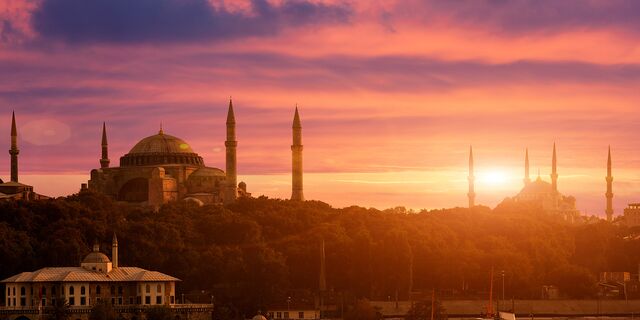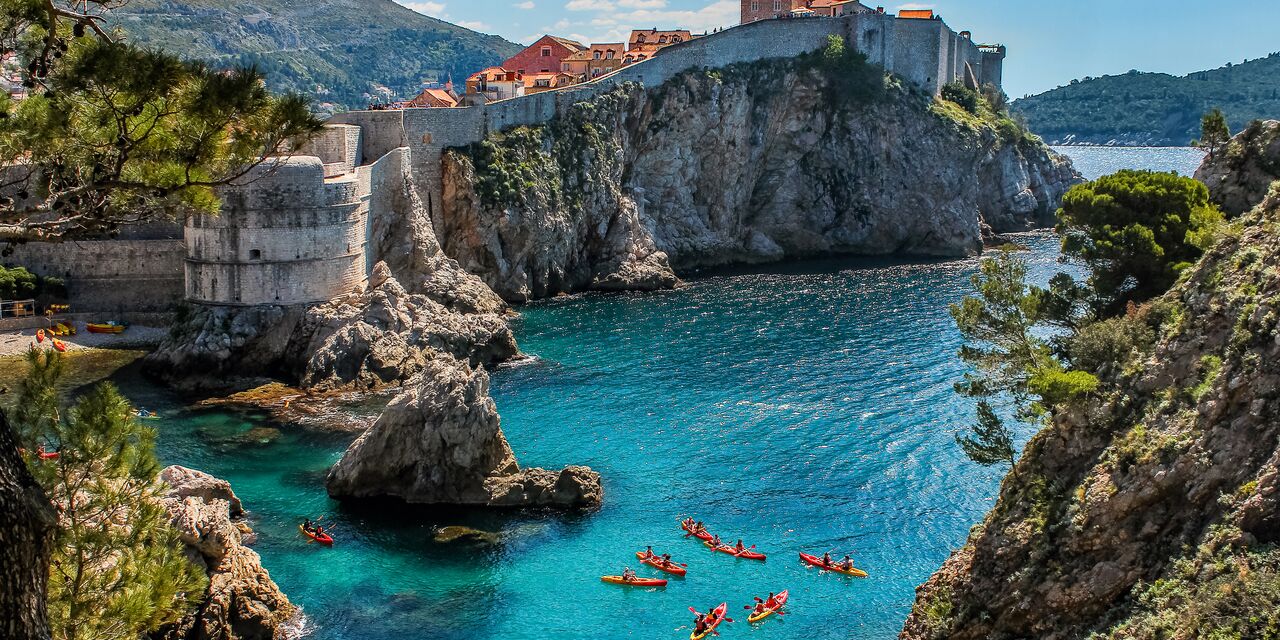
A world in itself
The Grand Bazaar has been an important trading centre in the Middle East since 1461. Amidst the labyrinth of alleys are 2 ‘bedestens’, dome-shaped market buildings, which were built in 1455 by order of Sultan Mehmed the Conqueror. The high-walled Cevahir Bedesten in the heart of the bazaar is still the place where the most valuable merchandise is sold, such as antiques. During the reign of sultan Suleiman the Great in the 16th century, the bazaar was greatly expanded. In 1894, after an earthquake partially destroyed the market, the Bazaar underwent a major restoration. The covered market complex stretches over an area of 31 hectares and encompasses thousands of shops, cafés and restaurants, and special architectural elements. There are 2 old mosques and 4 fountains covered with beautiful mosaics. The bazaar also has 2 14th-century hamams. The Oruculer Hamam, only accessible to men, is one of the best and cleanest hamams in Istanbul. The hamam is named after the Oruculer-gate (weavers gate) where the bathhouse is located.
Everything under the sun
In Turkish, the Grand Bazaar is also known as Kapalıçarşı, which means ‘covered bazaar’. The market was not only covered to operate under all weather conditions, but also to protect the merchandise against theft. Even today, the bazaar is completely sealed off at the end of each market day. One of the things that have changed over time is the use of light. In the past, merchants only used natural light; oil lamps and fires were prohibited due to fire hazard. Trade began early in the morning when the first rays of sunshine seeped in through the high windows under the domed roofs and continued until sunset. The artisans and merchants are clustered around streets that are named after their wares – that is how streets emerged with names such as Helmet Makers, Napkin Makers and Quilt Makers. Even today, many similar products are sold in one street. The access gates to the bazaar are also named after the merchandise. For example, the northern gate is called Sahaflar Kapısı (used books’ salesmen) and the eastern gate is Kuyumcular Kapısı (jewellers).
























